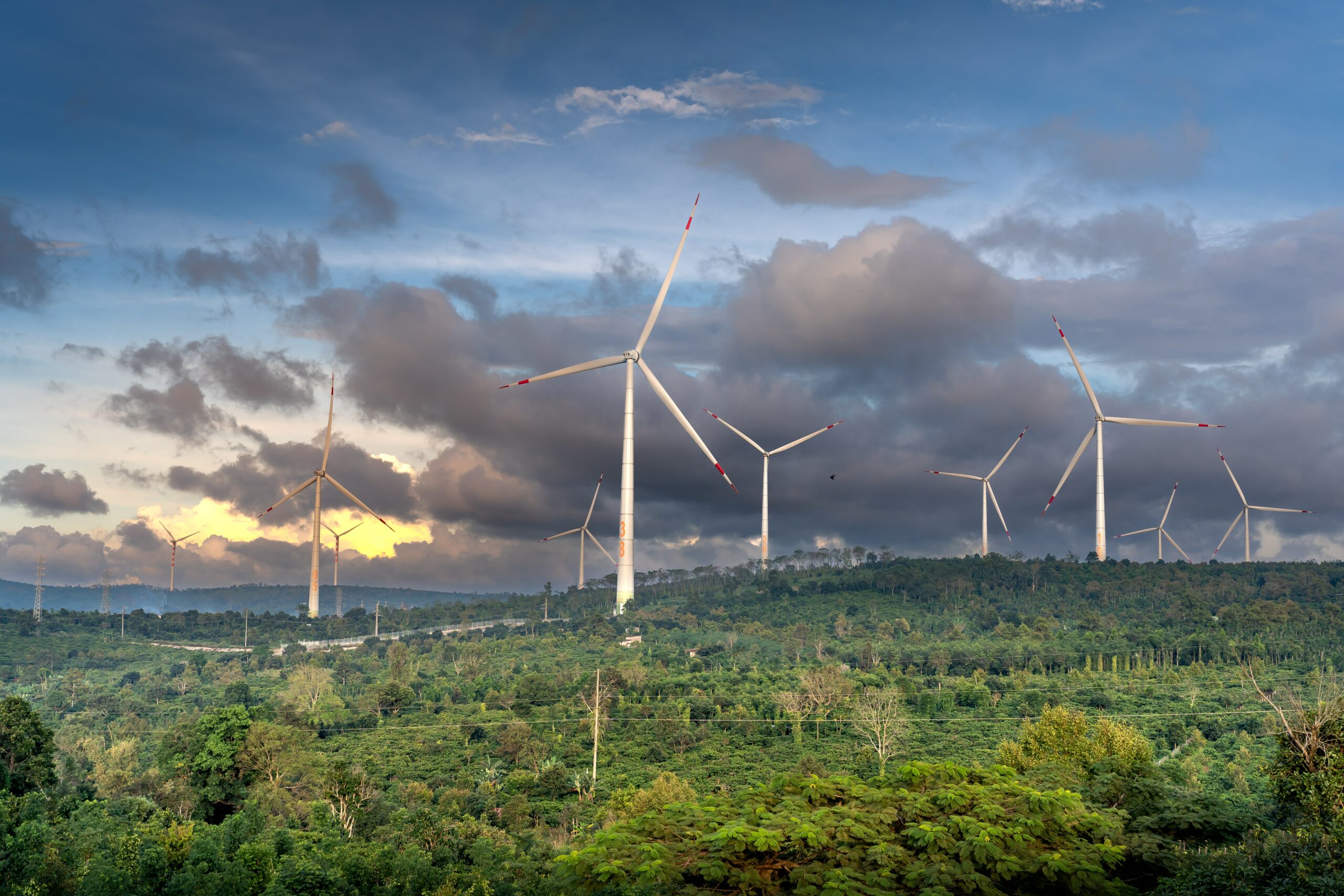Special Economic Zones in Africa (SEZs): Impact, efforts, and recommendations
A brief history of SEZ development in the world
Special economic zones (SEZs) have been gradually gaining traction in the developing world over the last two decades. While modern SEZ development started decades ago in Europe and Asia, an increasing number of African countries have been developing SEZ policies and building SEZs in collaboration with internal and external players.
Special economic zones (SEZs) are generally defined as demarcated geographic areas within a country where the rules of business are different from those used elsewhere in the country. The main differences are usually related to investment conditions, trade and customs, and the regulatory environment.
The history of SEZs can be traced to the island of Delos in the Cyclades archipelago. Around 167 BC, Rome gave it “free harbor status” thereby turning it into a toll-free harbor which turned it into a center for Romans operating in Asia Minor. At the beginning of the 20th century, free trade zones were generally established near ports and by 1900, there were 7 free trade zones in Europe and 4 in Asia. In this period, SEZs started incorporating manufacturing plants such as the Cadiz SEZ in Spain which accommodated one of the first Ford Motors plants in Europe.
China has been a leading country in terms of SEZ development and has leveraged its comprehensive SEZ policies to promote development.
SEZ development in Africa
SEZs were first introduced in Africa in 1970 in Mauritius and enacted its EPZ Act in the same year. Other countries including Ghana and Senegal started developing SEZ later in the 1970s. Accelerated development however started in the 1990s as more African governments sought to mimic the development of East Asian countries. [UNCTAD]
There are currently over 230 SEZs in Africa and 200 single-enterprise zones. SEZs are present in 38 of the 54 countries in Africa with Kenya having the highest number at 61. Other notable countries are Nigeria with 38 SEZs and Ethiopia with 18 zones. [UNCTAD]

African countries mostly focus on manufacturing and exports of low-skill, labor-intensive industries such as garments and textile. Nonetheless, certain countries are focusing on the inclusion of diverse sectors with higher value addition. Morocco for instance aims to integrate high-tech activities and the automotive industry within its SEZs, notably in Tangier’s Automotive City and Kenitra’s Atlantic Free Zone.

In 2013, Rwanda opened its Kigali Special Economic Zone to host several domestic and foreign firms in various sectors. Within three years, the zone was employing 2% of the entire country’s workforce. Unlike most SEZs, the Kigali SEZ does not provide tax incentives for firms operating in the zone. Instead, companies benefit from a strong and streamlined regulatory environment as well as improved infrastructure and trade facilitation.
African SEZs have consistently ranked among the top SEZs in the Financial Times’ FDI Intelligence. In 2020, SEZs from Morocco, Mauritius, and Nigeria were included in the list of Global Free Zones of the Year
Lessons from China’s experience: What can African countries learn
China started developing SEZs in 1978 and currently has over 2,500 zones. Early development was focused on coastal cities (e.g. Shenzhen, Zhuhai, etc.) while later development was focused on the west of the country to promote regional development.
China developed a wide range of SEZs including industrial development zones, free trade zones, and export processing zones. The development of SEZs played a significant role in China’s economic rise and are estimated to have accounted for 22% of national GDP, 46% of FDI, 60% of exports, and created over 30 million jobs
With its focus set on improving livelihoods and providing job opportunities, China developed tailored SEZ programs for different regions depending on its specificities. For instance, one of China’s key success factors was its early focus on manufacturing and retail industries which absorbed a large unskilled labor force.
African countries can benefit from China’s success story. First, by setting SEZ models adjusted to local circumstances instead of replicating existing models. For instance, China developed tailored SEZs that fully benefit from the local workforce, proximity to other manufacturing centers, and access to local markets.
Another lesson from China is the long-term planning of SEZs based on quantified data and objectives and ensuring its fit within the country’s long-term development goals. China leveraged SEZs to grow local industries in a constraining environment thus overcoming local constraints such as its labor force’s qualification level, market demand, and other hurdles in its development model. As such, Africa countries need to ensure that SEZs fit within their respective development plans using careful and skilled planning.
Throughout the development of its SEZs, China invested immense efforts in building sound infrastructure. The role of adequate and stable power, transportation links, and other infrastructural elements cannot be understated. In a study conducted by the World Bank of six African countries with another four non-African countries, it was found that downtime due to power outages was significantly higher in Africa. While financial hurdles can significantly impede infrastructure development, African nations can benefit from a PPP model to attract more private investors and thus over its hurdles.

SEZs need access to a local labor force that is sufficiently skilled for its focus activities. By integrating “smart” incentives linked to the employment and training of its local labor force, Africa can benefit from SEZs to improve livelihoods and provide better outcomes for its working-age population. Another key element is the linkages to local universities and research centers. Through the successful partnership of the local research workforce with foreign investors, African researchers and scientists can benefit from the shared experience and the technology transfer that consequently occurs through the partnership.
Morocco’s SEZ experience and lessons learned
Morocco’s SEZs have consistently ranked in the top zones in Africa and the World. In 2020, the Tangier Med Zone ranked 2nd world economic zone after Dubai’s Multi Commodities Center in the Financial Times’ “FDI Global Free Zones of the Year 2020”. In order to understand Morocco’s success, we need to look at the history behind the developments of SEZs in the North African country.
Morocco first enacted its SEZ law in 1995 which provided various incentives to foreign investors and started and established Tangier Med Special Agency (TMSA), its first dedicated SEZ authority in 2002. The zone was primarily focused on the automotive industry and engage the Moroccan Industry Association for Automotive Producers (AMICA) to focus on training and vocational development.
By 2018, the six SEZs in the Tangiers area (which are all managed by TMSA) were hosting over 470 firms, having created 70,000 jobs with a total private industrial investment of USD 3.5bn. In addition, Morocco and China are currently planning a USD 10bn new industry-focused zone called Mohammed VI Tangiers Tech City which is set to create 100,000 jobs.
Morocco has shown unwavering commitment towards the creation of high-quality zones instead of a high number of zones. By focusing its efforts on a limited number of SEZs, the Kingdom sought to create a suitable environment to attract full industry ecosystems by targeting large players in key sectors such as PSA and Renault in the automotive sector and Boeing and Bombardier in the aerospace industry.
In 2016, Morocco amended the previous 1995 legislation and committed to creating new SEZs in all 12 regions. This new legislation aimed to create sector-oriented zones that interconnectedness between different firms operating the same zone. The new law is part of Morocco’s strategy to strengthen its manufacturing capabilities and is part of the Industrial Acceleration Plan launched in 2014.
The impact of SEZs on Morocco’s industrial sector is noticeable as the sector has contributed 25% of its GDP by 2017, compared to an average of 19% between 1985 and 2016. Morocco further aims to increase the share of industry to 30% by 2022 and create an additional 500,000 jobs by 2020.
However, SEZ development in Morocco is still in need of further improvement to ensure backward linkages with the local economy which suffers from similar issues found in other African nations. A lack of qualified workforce, limited provisions for local partner companies operating outside the SEZs, and limited options for local imports of finished goods. Another key aspect that needs to be examined is the tax system which may limit interactions between different companies within Morocco’s SEZs.
Conclusion
SEZs have shown considerable potential in African nations, and while many challenges lay ahead, these zones can play a tremendous role in the development of the African continent. Countries in Africa need to overcome many hurdles for their SEZ development and need strong and long-term strategies to unlock the potential of SEZs in their respective economies. It has already been demonstrated that SEZs can be a key part of industrial development in many nations, and Africa needs to harness the full potential of its SEZs as part of a successful transition to an industrialized and self-reliant continent.
Anass Rifaoui – Research Analyst
Sources:
https://unctad.org/en/PublicationsLibrary/wir2019_en.pdf
https://www.econstor.eu/bitstream/10419/206420/1/1681095483.pdf
https://www.policycenter.ma/sites/default/files/SEZ%20WEB%20FINAL.PDF
You may also like
Warning: Undefined variable $content in /var/www/sdomains/nexatestwp.com/infomineo.nexatestwp.com/public_html/wp-content/themes/infomineo/single.php on line 235
Warning: Undefined variable $content in /var/www/sdomains/nexatestwp.com/infomineo.nexatestwp.com/public_html/wp-content/themes/infomineo/single.php on line 235
Warning: Undefined variable $content in /var/www/sdomains/nexatestwp.com/infomineo.nexatestwp.com/public_html/wp-content/themes/infomineo/single.php on line 235
Warning: Undefined variable $content in /var/www/sdomains/nexatestwp.com/infomineo.nexatestwp.com/public_html/wp-content/themes/infomineo/single.php on line 235
Warning: Undefined variable $content in /var/www/sdomains/nexatestwp.com/infomineo.nexatestwp.com/public_html/wp-content/themes/infomineo/single.php on line 235
Warning: Undefined variable $content in /var/www/sdomains/nexatestwp.com/infomineo.nexatestwp.com/public_html/wp-content/themes/infomineo/single.php on line 235








